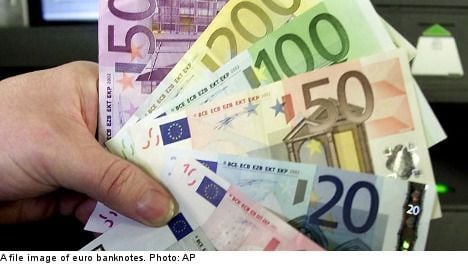The month of May in France always means tax return month – otherwise know as La Déclaration des Revenus.
The French tax year is a straightforward, calendar year and the deadline for returning your completed declaration of income earned in 2012 is May 27, 2013.
Those of you already in the system should have received your partially completed form (or préremplie) at the end of April.
As in previous years, the tax authorities have granted additional time for those who make their declarations online at www.impots.gouv.fr. However, the amount of extra time given depends on the number of the department you live in.
For example, June 3 for departments 1-19, June 7 for departments 20-49 and June 11 for remaining departments. The online facility will be available from the beginning of May.
First-timers must collect a tax declaration from their local tax office Centre des Impôts or alternatively download a copy from the website above.
If you have moved to France part way through the year, you will only declare income earned since the date of 'arrival'. Any tax due is normally collected in September.
Once you have completed your first tax return, you can complete subsequent returns online at www.impots.gouv.fr.
What forms will you need?
Whilst theDéclaration des Revenus comprises a variety of forms, according to circumstances, here are some of the main forms that apply to expatriates:
Form 2042
This is the main tax form, which you will receive if you are already in the system. You should use this to declare your worldwide income and gains.
Form 2042C (Complementary)
This is an additional form which is required if you have received income from furnished letting or chambres d’hôtes, or where you have paid tax in the UK that needs to be offset against French tax.
Form 2047
This is an additional form for any income received outside of France. Foreign income must be declared on this form, as well as on Form 2042.
Form 3916
This form covers details of any bank accounts located outside of France.
What to declare?
As a French resident, all of your worldwide income and gains should be declared on your French tax return. Any income that is normally taxed outside of France, for example UK public sector pensions or UK rental income, will still be used to calculate your overall tax liability.
The Double Tax Treaty will ensure, however, that you do not pay tax twice on this income, but these figures are needed to calculate the rate at which your other income should be taxed.
What exchange rate to use?
Some tax offices advise people to use the £/€ exchange rate at the end of the year. In theory, you should have kept a note of the exchange rates applicable to your sterling-based income as you received it.
However, for income which is received regularly such as a pension, for instance, the authorities will accept the use of the average exchange rate for the year – details of which are made public from various sources, including the official French revenue website previously noted.
Wealth Tax (Impôt de Solidarité sur la Fortune or ISF)
Major changes to the Wealth Tax declaration will affect some people. From this year, anyone with taxable assets between €1.3million and €2.57 million as of January 1, 2013 will declare the asset figure on their income tax return.
Only those with more than €2.57 of taxable assets will have to continue making a separate wealth tax return in June.
This article was produced by The Local and sponsored by Siddalls France



 Please whitelist us to continue reading.
Please whitelist us to continue reading.